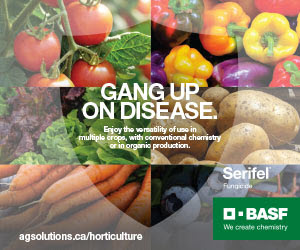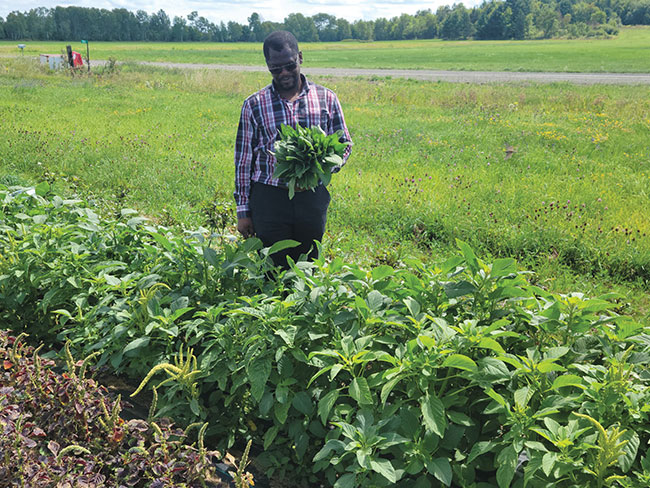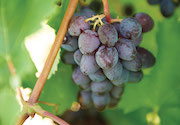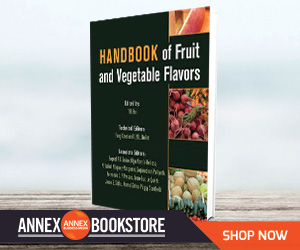| |
| |
 |
 |
| |
 |
|
@{mv_date_MMM d, yyyy}@ |
|
| |
Interested in learning more about using a drone to spray pesticide? Jason Deveau, application technology specialist, has created a resource on the use of drones for pesticide application.
» Read More...
The report is the result of consultations held with the agriculture sector between March and October 2022, and will inform future efforts to meet the 2030 fertilizer emissions reduction target.
» Read More...
The governments of Canada and Ontario are investing up to $10 million through the Sustainable CAP to help food processing businesses increase energy efficiency and lower their costs.
» Read More...
|
| |
|
| |

Serifel ® is a highly effective, biological fungicide for a wide range of crops. It complements chemistry-based solutions, or it can be used in organic production. Serifel includes multiple unique modes of action that form a protective shield against disease. And with zero PHI it protects your crop – a fact you’ll appreciate near harvest time.
Learn more at agsolutions.ca/horticulture or follow us on twitter @BASFAgSolutions.
» Learn More |
| |
|
| |
 If there’s a market for it, why not grow it? The more information Johnny Kashama, agricultural manager at Collège Boréal, discovers from his project on the adaptability of ethnocultural vegetables in northern Ontario, the more he sees this market as a unique opportunity for growers. With more newcomers in Canada, there’s more opportunity to market vegetables not traditionally grown here.
» Read More...
If there’s a market for it, why not grow it? The more information Johnny Kashama, agricultural manager at Collège Boréal, discovers from his project on the adaptability of ethnocultural vegetables in northern Ontario, the more he sees this market as a unique opportunity for growers. With more newcomers in Canada, there’s more opportunity to market vegetables not traditionally grown here.
» Read More... |
| |
 One thing is clear: Canadians love grapes. According to Statistics Canada, grapes are the top-imported fruit; in 2020, Canada imported over $685 million worth of grapes. In contrast, a very small amount of grapes are produced domestically. Enter Jupiter, a blue, seedless grape developed at the University of Arkansas in the 1990s, which was first planted at Vineland in 2014.
» Read More...
One thing is clear: Canadians love grapes. According to Statistics Canada, grapes are the top-imported fruit; in 2020, Canada imported over $685 million worth of grapes. In contrast, a very small amount of grapes are produced domestically. Enter Jupiter, a blue, seedless grape developed at the University of Arkansas in the 1990s, which was first planted at Vineland in 2014.
» Read More... |
| |
| |
|
| |

The demand for new flavors continues to rise. Today’s consumers want interesting, healthy, pleasurable, and exciting taste experiences, creating new challenges for today’s food and flavor scientists. Fortunately, they can turn to this comprehensive reference on the flavor science and technology of fruits, vegetables, spices, and oils for guidance on everything from basic science to new technologies to commercialization.
Each of the chapters has been written by one or more leading experts in food and flavor science. The authors represent more than ten countries, giving food and flavor scientists a unique global perspective on the latest flavor science, technology, and applications.
» Order Now |
| |
|
| |
|
|
| |
| |






